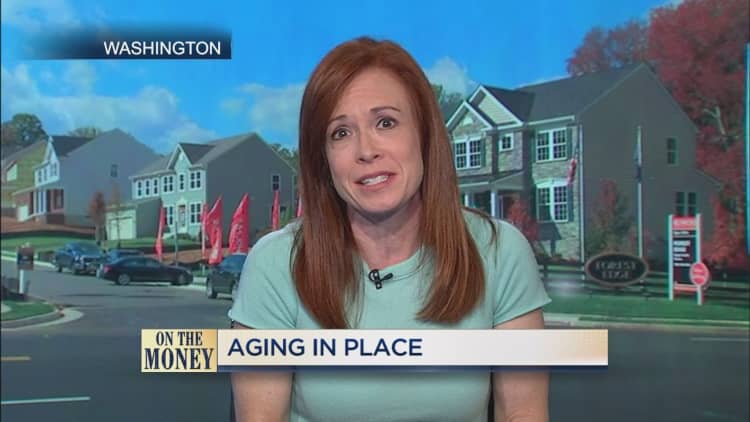Cisco is teaming up with telemedicine provider American Well on a project to convert people's television sets into a virtual medical office.
The tech giant in the early stages of developing a device that sits on top of televisions and integrates with American Well's technology. The idea is to target people who have serious medical conditions, as well as older Americans, who might regularly need medical assistance. These users would be able to connect with one of American Well's doctors and its broader network of large hospitals via a live video feed in their living rooms.
That's different to most virtual medicine efforts, which have focused on smaller platforms like laptops and smartphones. But for older Americans, the TV might be a more appealing way to connect with a medical professional. In theory, having an on-demand doctor on TV could keep seniors from unnecessary emergency room visits and potentially even make it easier for them to live independently.
Cisco joins other tech companies in seeing new opportunities in monitoring patients remotely. Government and commercial health insurers are starting to cover the cost of virtual medical visits. And hospitals are increasingly looking to tech players for at-home monitoring solutions, as they face penalties for failing to appropriately monitor a patient once they get discharged.
CNBC parent Comcast is working on a device for ambient health sensing, Apple is adding new features to its smartwatch that are geared to seniors, such as fall detection, and CNBC has previously reported that Amazon and Google are working on technologies to help seniors manage health conditions from home.
"We're such strong believers in making it easier for people to age in their home if they want to," said Amy Chang, Cisco's senior vice president of collaboration technology. "It (the television) is mainstream and it's easy to use, and we recognize that you run into problems when you push people to change their habits."
Chang said Cisco will take advantage of existing technology that can do things like facial and audio recognition to bolster the user experience. But she stressed that the company is thinking deeply about privacy and consent, especially as it shifts from the workplace to the home. "Privacy is one of our fundamental tenets," she said.
Cisco declined to provide further specific details on the hardware, including the price and the timing of when it would be made available to consumers.
Dr. Roy Schoenberg, American Well's president and CEO, said the company has been discussing bringing its service to televisions for several years. But it's complicated, he said, because the companies needed to wait on advancements and standards to remotely access televisions.
Moreover, he added, "the device needs to have a bag of tricks because it needs to adapt to white balance, microphone, and be usable by patients who are incapacitated or on heavy medications."
In most cases, he envisioned that a user would activate the device, turn on the television, connect it to a Wi-Fi network, and consent to loop in their physician via video as well as a caregiver. From there, they could get the treatment they needed, or be advised to see a physician in person whenever necessary.
WATCH: Aging in place



